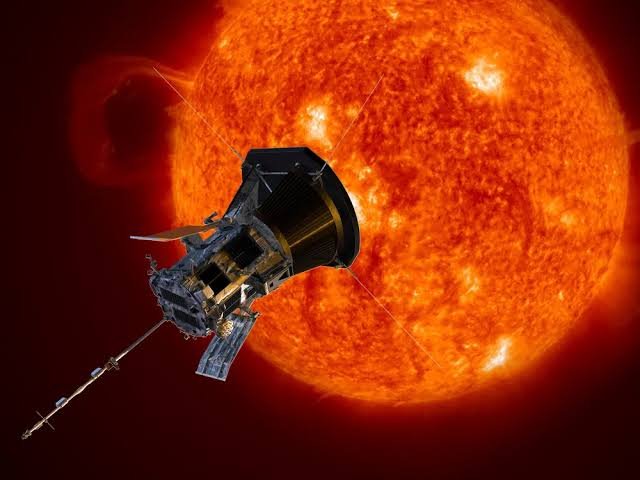A NASA spacecraft is making history by venturing closer to the Sun than ever before. The Parker Solar Probe is currently plunging into the Sun’s outer atmosphere, known as the corona, enduring extreme heat and radiation in the process.
This daring fly-by, occurring on Christmas Eve, brings the probe within 3.8 million miles (6.2 million kilometers) of the Sun’s surface—closer than any human-made object has ever been. To put this into perspective, if the Sun and Earth were one meter apart, the probe would be just four centimeters from the Sun.
The Parker Solar Probe, launched in 2018, has made 21 previous passes by the Sun, each closer than the last. During this record-breaking approach, the spacecraft must withstand temperatures reaching 1,400°C while traveling at a speed of 430,000 mph—the equivalent of flying from London to New York in under 30 seconds.
Equipped with a carbon-composite shield, the probe is designed to endure these intense conditions while gathering data about the Sun’s mysterious outer atmosphere. Scientists aim to solve a long-standing puzzle: why the corona, which lies farther from the Sun, is significantly hotter than its surface.
Additionally, the mission seeks to enhance our understanding of the solar wind—a stream of charged particles emanating from the Sun—which influences Earth by creating stunning auroras but can also disrupt power grids and communication systems.
As the spacecraft operates in radio silence during this critical phase, scientists eagerly await confirmation of its survival, with a signal expected on December 27. Despite the risks, mission leaders remain confident in the probe’s robust design.
This unprecedented exploration could unlock secrets about the Sun’s behavior, benefiting both science and life on Earth.



